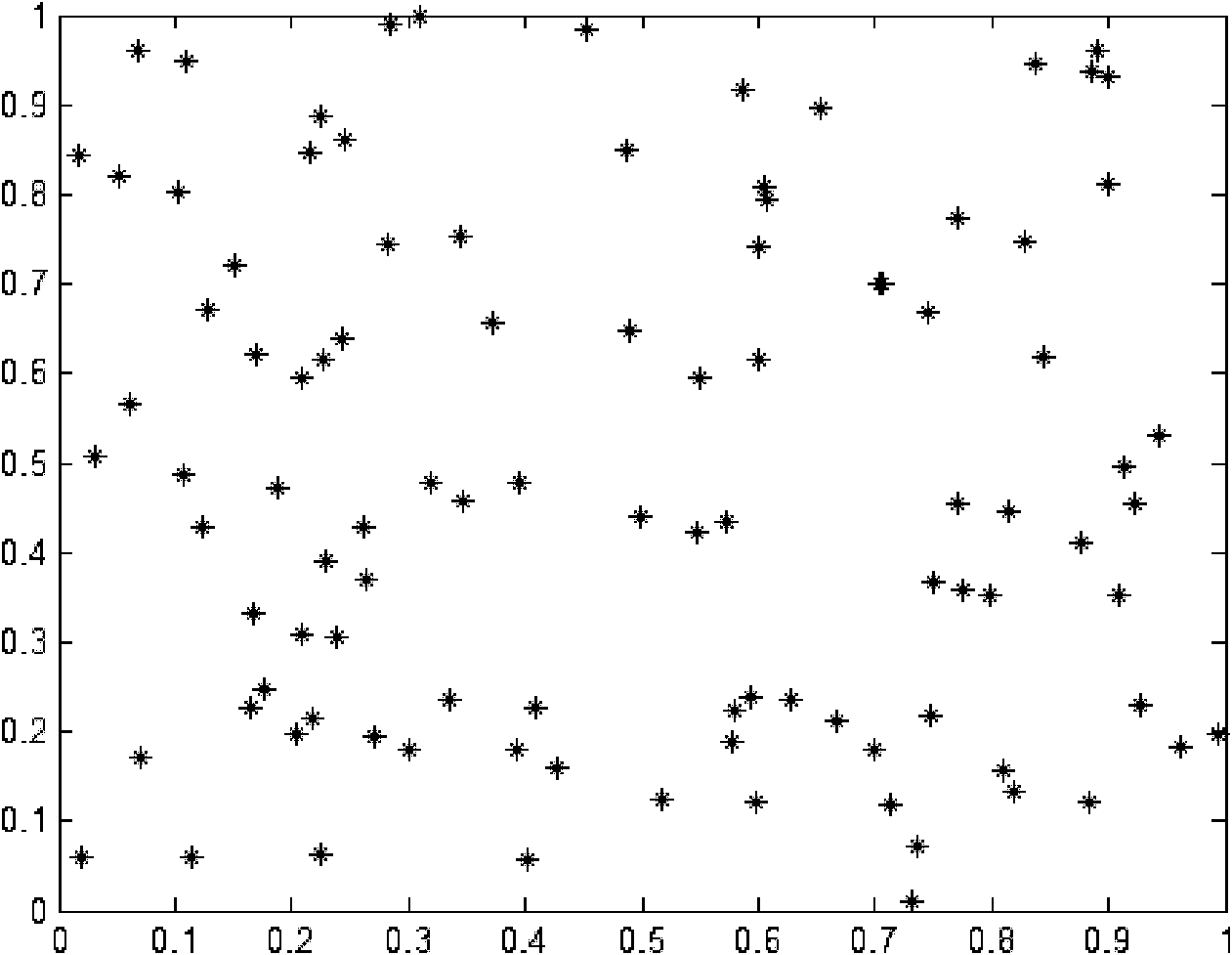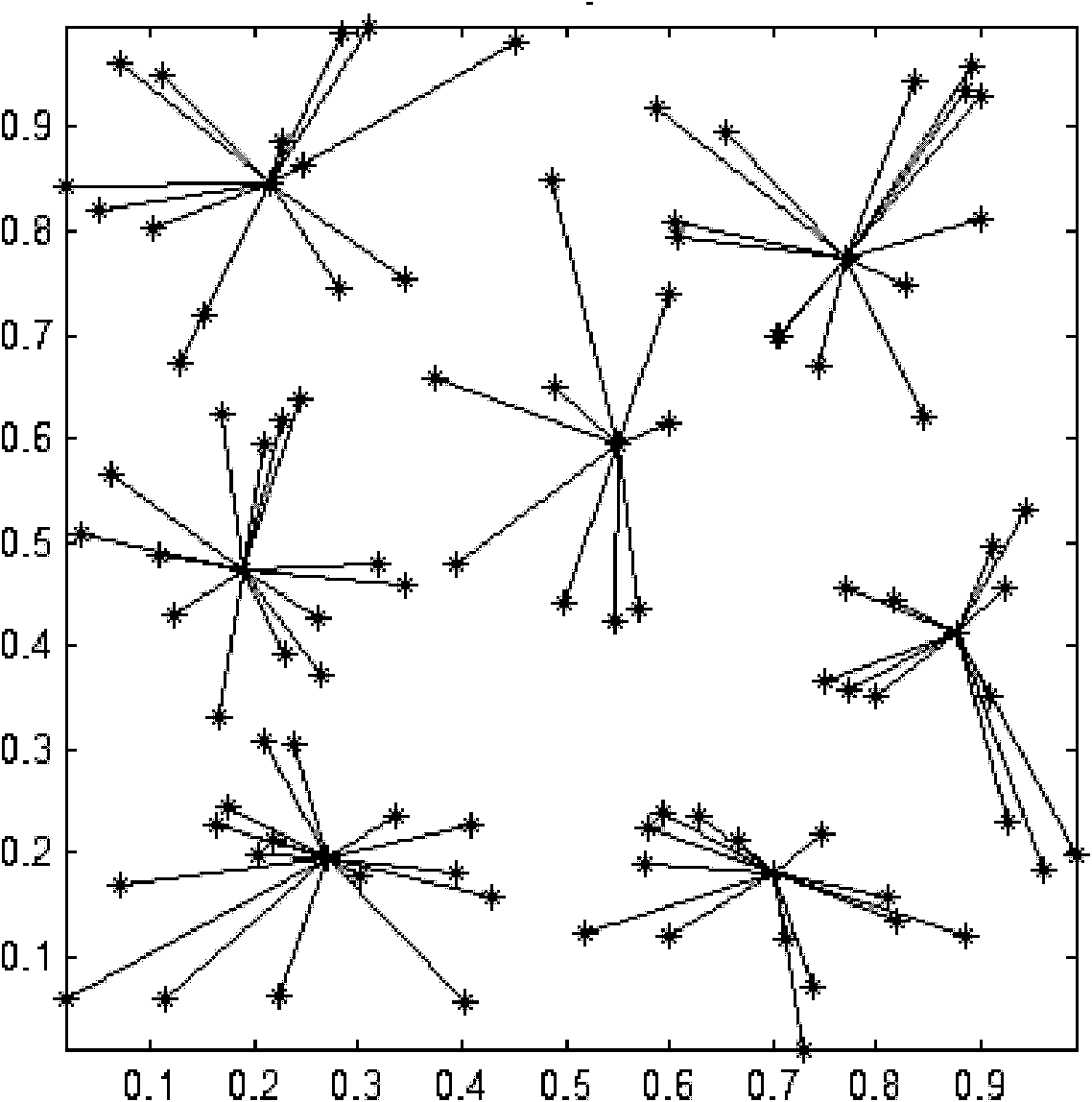Cell sorting method for affine propagation clustering
A technology of affine propagation clustering and cell classification, which is applied in the field of cell classification after cell image segmentation, can solve the problems of poor real-time performance, high computational complexity, and inability to perform cell classification, and achieve good real-time performance and effective cell classification Effect
- Summary
- Abstract
- Description
- Claims
- Application Information
AI Technical Summary
Problems solved by technology
Method used
Image
Examples
Embodiment Construction
[0033] The present invention will be further described below in conjunction with the drawings.
[0034] Reference Figure 1 ~ Figure 3 , A cell classification method of affine propagation clustering, the cell classification method includes the following steps:
[0035] 1) Select the circularity parameter C and the rectangularity parameter R of the cell image, and design the sample coordinate X sample =λ·C+(1-λ)·R, where λ represents the prior input value; select the area parameter Area of the cell image as another sample coordinate Y sample , Select the nuclear-to-mass ratio parameter prop of the cell image as the original coordinate Z sample ;
[0036] 2) Taking the Euclidean distance of the three-dimensional sample coordinates as the sample distance, for the sample point x i And x k , I≠k, S(i,k)=-||x i -x k || 2 , The diagonal of the S matrix of affine propagation clustering is taken as the average value of the distance between each sample;
[0037] 3). Initially, set the attribu...
PUM
 Login to View More
Login to View More Abstract
Description
Claims
Application Information
 Login to View More
Login to View More - R&D
- Intellectual Property
- Life Sciences
- Materials
- Tech Scout
- Unparalleled Data Quality
- Higher Quality Content
- 60% Fewer Hallucinations
Browse by: Latest US Patents, China's latest patents, Technical Efficacy Thesaurus, Application Domain, Technology Topic, Popular Technical Reports.
© 2025 PatSnap. All rights reserved.Legal|Privacy policy|Modern Slavery Act Transparency Statement|Sitemap|About US| Contact US: help@patsnap.com



